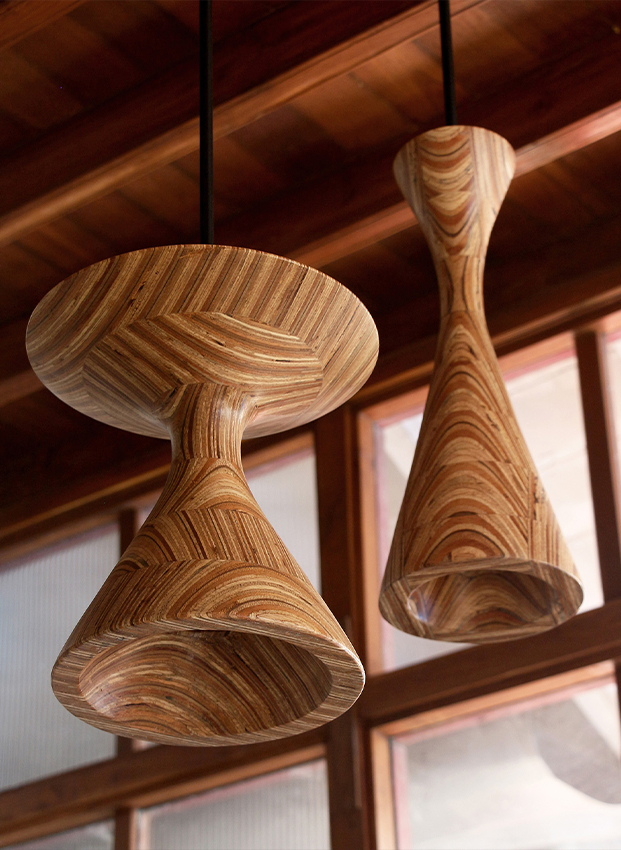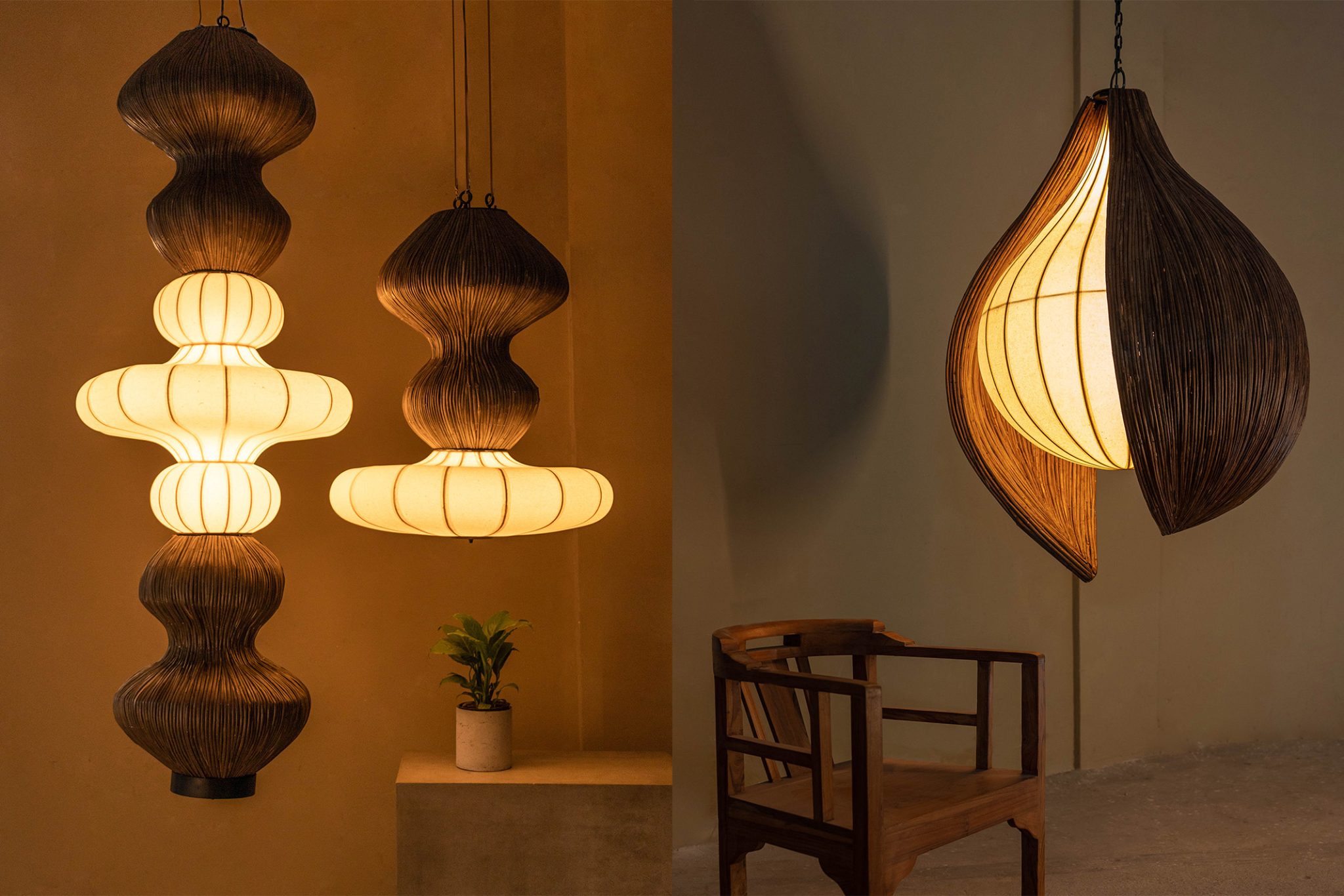Everything You Need To Know About The Freshly Reopened Palazzo Citterio In Milan
Now a part of the Grande Brera cultural complex, the art institution Palazzo Citterio sets the tone for Milan’s art scene after half a century.
- 9 Jan '25
- 4:32 pm by Simran Almeida
In keeping with the Italian’s beliefs in Dolce far niente (the sweetness of doing nothing), Milan’s Grande Brera—a cultural complex’s crowning jewel—Palazzo Citterio—debuts more than half a century and 39 Italian governments later in Milan. Opening its historic doors on December 7, 2024, the feast day for Milan’s patron St. Ambrose, Palazzo Citterio serves as a bridge between the past and present, telling the tales of Milan’s contemporary art scene. Consequently, a new cultural chapter unfolds at the heart of Milan, rooted in the Italian region’s rich history, Roman architecture, and an art legacy shaped by Michelangelo, Caravaggio, da Vinci, and other illustrious geniuses.
Sprawling a lavish 6,500 sq. m. over three floors, Palazzo Citterio was first conceived in 1972, following the government’s acquisition of the building—an initiative prompted by the vision of then-director of the Pinacoteca, Franco Russoli. Nestled within this magnificent 18th-century residence, the museum is located 200 meters from the revered Pinacoteca di Brera Museum. With intricate wainscotings on walls, finely painted ceiling and pastel hues the entire space exudes a contemporary Renaissance ambience with the restoration, led by Mario Cucinella Architects—who redesigned the ground floor. Mario Cucinella Architects are visionaries in space design, with a penchant for sustainability and opulence, that redefines global design with eco-chic ingenuity. From climate-savvy marvels to energy-efficient icons, their work is a masterclass in building an eco-conscious future with a dash of magnificence.

The gleaming brass-hued octagonal courtyard with sleek, geometric forms poses as the pièce de résistance. (Image Credits: Walter Vecchio)
This monumental new museum for Modern and Contemporary art is the culmination of Russoli’s ‘Grande Brera’ vision, aligning Milan as an artistic hub alongside Italy’s own Florence and Rome. This larger-than-life cultural complex embodies, a coalition of Palazzo Citterio, Pinacoteca di Brera, and the Braidense Library, all under the direction of the Pinacoteca’s erstwhile director Russoli. “Palazzo Citterio is not a stand-alone building; it exists in close relationship with its surrounding environment, becoming part of a broader vision: the Grande Brera, a part of the city within the city, a system that reveals the beauty that inhabits it,” remarked Mario Cucinella, Architect Mario Cucinella Architects(MCA).

Painting The Canvas of History
The Pinacoteca di Brera, commissioned by Napoleon Bonaparte in 1809, traces its lineages back to 1776, with a diverse assemblage of an educational mission that began laying the foundation for a prestigious institution. This collection gradually proliferated in the following years and was housed alongside the Accademia di Belle Arti, which allowed students to study magnum opuses of art. Unlike many Italian museums, this gallant museum was not conceived as the sequestered collection of a prince or noble patron. Instead, it was a product of a premeditated policy to amass the finest works of art, from across the terrains including those occupied by the French militias. As a result, Pinacoteca di Brera evolved into an art sanctuary that maintained Italy’s position as an art fanatic.
Also Read: Knight Of Order Of Art & Letters Conferred To Indian Designer Rahul Mishra In Paris

A Magnum Opus In The Making
Prevailing as a vivacious core for modern and contemporary art, the Italian reverie—Palazzo Citterio—transpires as a storied space for both exclusive constant collections and an ever-evolving melange of paramount exhibitions. Presently, home to one of the world’s most momentous collections of 20th-century Italian art, the gallery’s journey to transforming was marred by fluctuating priorities, stages of desertion, and, lately, an ineffectual architectural vision.
However, when Angelo Crespi stepped in as Pinacoteca di Brera’s director in January, he tackled the long-standing architectural and design-related encounters that stood in the way of Palazzo Citterio’s grand debut. With the opening date fast approaching, he leapt into fixing the structural niceties and overseeing the installation of modern oeuvres waiting for decades to be exhibited.

The museum’s main floor with permanent exhibits exudes a traditional vibe. (Image Credits: Walter Vecchio)
Entailing three floors the gallery’s piano nobile (main floor) features the opuses of Jesi and Vitali’s rare archaeological treasures in their permanent home as the piece de resistance while unveiling iconic masterpieces by Boccioni, Carrà, Morandi, Modigliani, Sironi, Marino Marini, de Pisis. Furthermore, the inaugural room curated by Luca Molinari, dedicated to the latter half of the 19th century, will underscore; Pellizza da Volpedo’s monumental Fiumana, setting the stage for a sensorial journey into the past.
Also Read: A Waterfront Vacation Home Where Modern Splendor Meets Hand-Hewn Charm by Vani Sayeed

The Palazzo Citterio’s main floor features a magnificent ceiling with intricate etchings. (Image Credits: Walter Vecchio)
Underneath, in the basement spaces crafted by British architect James Stirling in the 1980s, an enchanting retrograde of Italian sculptor—Mario Ceroli materialises. On the second floor, a flamboyant assortment of exhibits coalesces, alongside the perpetual display, as the gallery reopens its storied doors to installations—enriched by the revitalization of its magnificent garden. This vibrant brass-hued octagonal courtyard with sleek, geometric forms and an uncanny design is brought to life by prodigies at design studios—Qubit, Carmi, and Ubertis. This corridor is a bridge between two symbolic corridors of the Brera and Citterio palaces, tying the entire complex concurrently in a chic and contemporary vibe while solidifying the gallery’s position as a beacon of cultural excellence.

A view of the contemporary gallery space that contains the fleeting exhibits. (Image Credits: Walter Vecchio)
With a crew of more than 200 works on display, Palazzo Citterio rises like a phoenix as an everlasting homage to art and yearning. As Milan glimmers as Italy’s fashion capital Palazzo Citterio’s storied walls witness a meld of bygone eras and avant-gardism—whispering tales of the past while harmonising the intrepid visions for the future.
You can catch an immersive exhibit titled ‘Renaissance Dreams – Chapter I: Painting’ by Refik Anadol from 8 December until the end of February 2025.






















